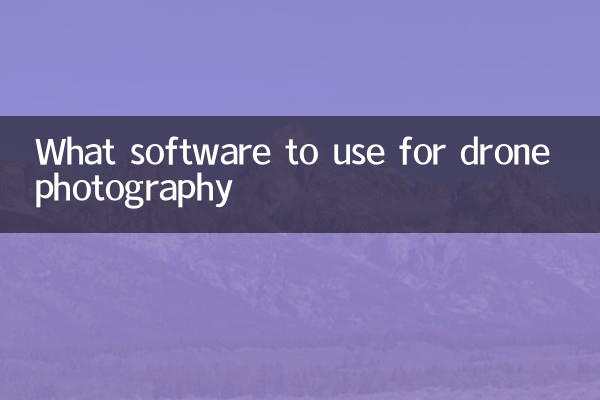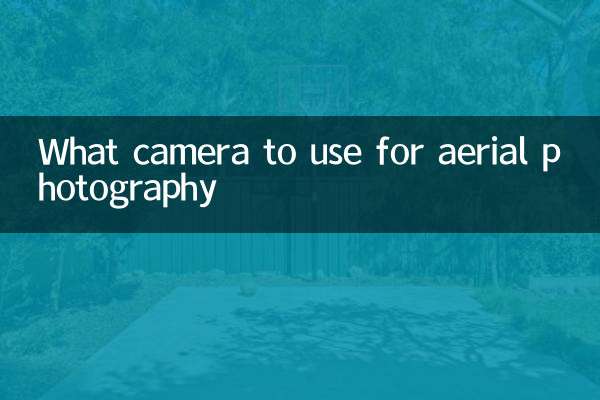What software do you use for drone photography? An inventory of popular topics and practical tools across the Internet
In recent years, drone photography has become an important creative method for photography enthusiasts and professional teams. Choosing the right software can not only improve shooting efficiency, but also optimize post-processing effects. This article will combine the hot topics on the Internet in the past 10 days, sort out the essential software for drone shooting, and provide structured data comparison.
1. Recommended popular drone photography software

According to the recent discussion heat, the following software has outstanding performance in terms of functionality and user evaluation:
| Software name | Applicable platforms | Core functions | heat index |
|---|---|---|---|
| DJI Fly | iOS/Android | Flight control, real-time image transmission, one-click editing | ★★★★★ |
| Litchi | iOS/Android | Route planning, panoramic photography | ★★★★☆ |
| Pix4D | Windows/macOS | 3D modeling, surveying and mapping analysis | ★★★☆☆ |
| DroneDeploy | Web/iOS/Android | Agricultural surveying and mapping, building inspection | ★★★☆☆ |
2. Analysis of recent hot topics
1.AI automatic editing function attracts attention: DJI Fly’s “one-click short video” function has become a focus of discussion on social platforms due to its easy operation, and is especially suitable for novice users to quickly generate creative videos.
2.Growing demand for industry applications: Case studies of Pix4D and DroneDeploy in the fields of construction and agriculture have become more popular, reflecting the importance that professional users place on accurate data processing.
3.Third-party software compatibility disputes: Some users reported that Litchi had adaptation problems on new drone models, triggering technical discussions in the community.
3. How to choose suitable software?
1.Clarify needs: Ordinary users can give priority to DJI Fly; professional surveying and mapping should consider Pix4D; and Litchi is suitable for creators who need complex routes.
2.Device matching: Be sure to confirm the compatibility of the software with the drone model to avoid functional limitations.
3.learning cost: Some software (such as Pix4D) requires professional training. It is recommended to refer to official tutorials or community experience.
4. Forecast of future trends
According to industry trends, drone software will develop in the following directions:
-AI deep integration: Automatic obstacle avoidance and intelligent tracking technology are further optimized.
-Cloud collaboration: For example, DroneDeploy's team project management function may become standard.
-Cross-platform synchronization: Software that supports multi-terminal real-time data sharing is more popular.
Conclusion
The choice of drone photography software needs to be combined with personal needs and technology trends. The tools recommended in this article cover a variety of scenarios from entertainment to professional, and users are advised to further filter based on actual experience. As technology develops, more innovative solutions may appear in the future, which deserves continued attention.

check the details

check the details